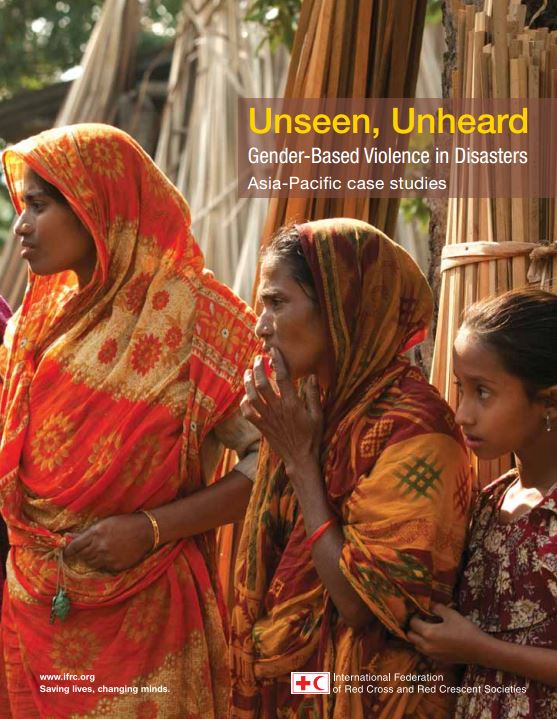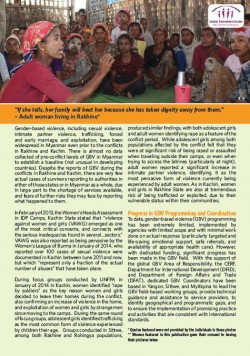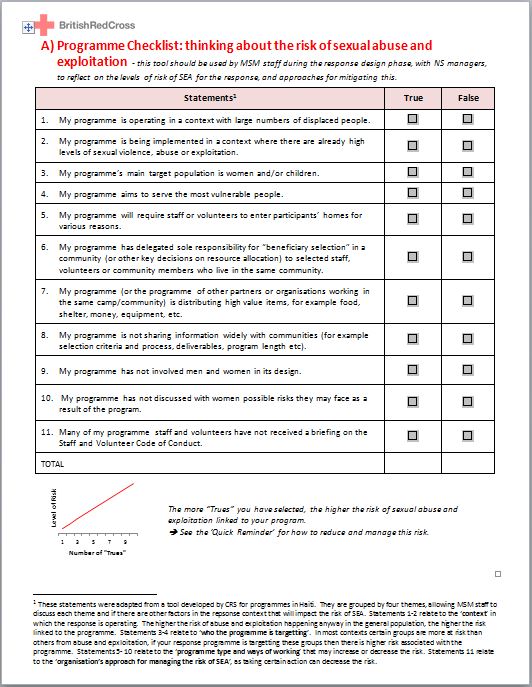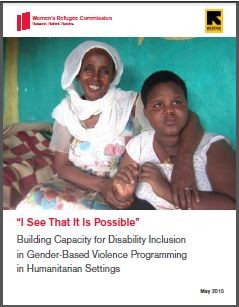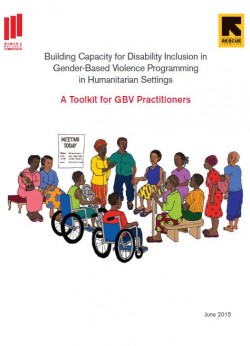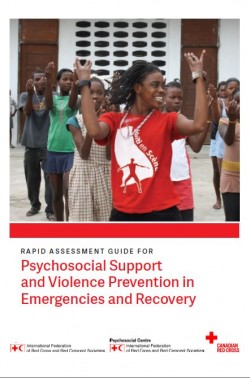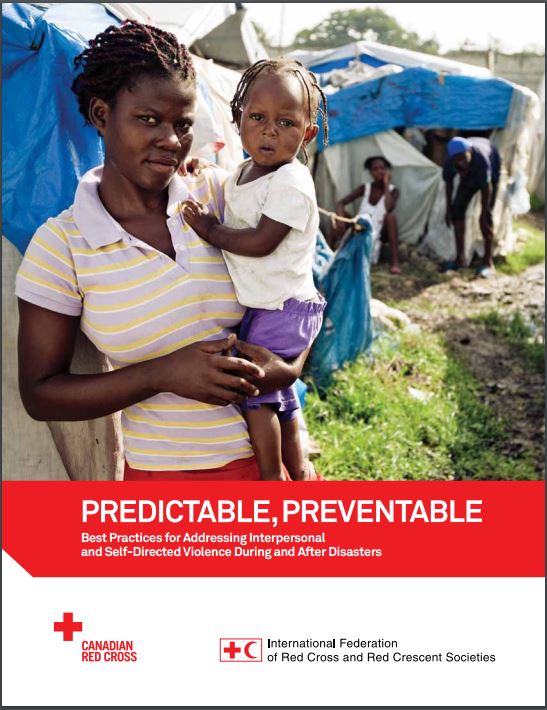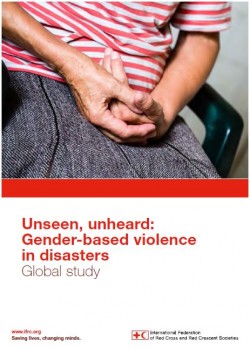Purpose
This report follows on from the global study Unseen Unheard: gender based violence in disasters which saw research being conducted in 9 countries globally, and included Bangladesh, Myanmar and Samoa from the Asia Pacific region. The Asia Pacific case studies provide an overview of gender-based violence (GBV) within each country context, as well as presenting findings and key recommendations with regards to 1) Awareness and understanding on GBV occurrence during disasters; 2) Availability and access to services; 3) Safety and security and; 4) Livelihoods and migration.
Overview
This report features three case studies from that study, each from Asia-Pacific:
- The first is from Bangladesh, a country with a legacy of cyclical disasters, including cyclones, floods and landslides. The study finds that some of the primary needs among those affected by cyclones include safe shelter settings for women and girls and, in particular, pregnant women, in order to prevent and reduce the risks of GBV.
- The second case study is from Samoa. In the aftermath of the 2009 Tsunami and 2012 Cyclone Evan, survivors reported GBV in shelters created for people displaced by the disasters. They also told us of an increase in domestic violence following the disasters.
- The third case study is from Myanmar, and looks at GBV occurrence and response after Cyclone Nargis in 2008. The results of this case study are interesting: half of respondents cited an increase in GBV after the cyclone, while others claimed that it did not arise at all because of strong family and community-based support systems. Such a puzzle may point to the culture of silence that surrounds GBV.
Usage: Policy reference and learning from experience
Audience: National Society staff, particularly gender and diversity practitioners.
See also: Resolution on “Sexual and gender-based violence: Joint action on prevention and response” which was adopted in December 2015 by the International Conference of the Red Cross and Red Crescent .This resolution was a direct outcome of the studies we undertook in Bangladesh, Samoa, Myanmar and elsewhere.
![]()


